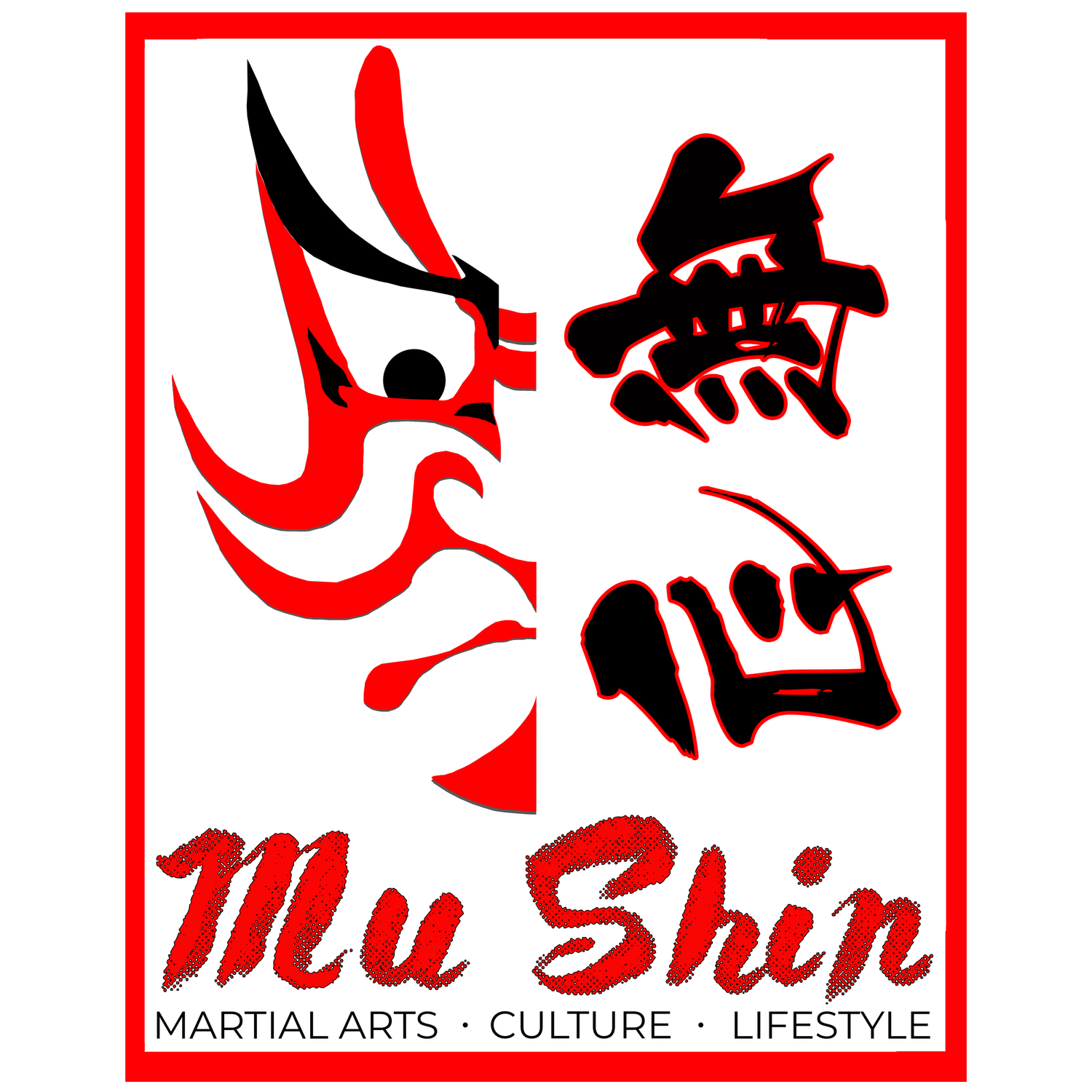Celebrating the Mid-Autumn Festival: A Journey Through Tradition and Myth
The Mid-Autumn Festival, also known as the Moon Festival, is one of the most cherished celebrations in Chinese culture. It falls on the 15th day of the 8th month of the Chinese lunisolar calendar, typically between mid-September and early October, when the moon is at its fullest and brightest. Although its origins are ancient and somewhat nebulous, the festival's significance has evolved over millennia.
Historical Roots and Evolution
The Mid-Autumn Festival was officially recognized during the Tang Dynasty (618-907 CE). However, references to similar celebrations date back over 2,400 years to the “Book of Rites,” a Confucian classic. Originally, it was a time for emperors to offer thanks for the harvest and honor the moon with grand feasts.
Over the centuries, the festival grew in popularity and became deeply embedded in cultural practices. By the Ming and Qing Dynasties, it was firmly established as a major folk festival. Empress Dowager Cixi, for instance, famously hosted elaborate celebrations during this period.
Legendary Tales
The festival is rich with mythological lore, the most famous being the legend of Chang’e, the Moon Goddess. According to this tale, the archer Hou Yi shot down nine of ten suns to save the earth from scorching. As a reward, he was given an elixir of immortality. His wife, Chang’e, drank the elixir to prevent it from falling into the hands of a greedy apprentice. She floated to the moon, where she resides as the Moon Goddess. In his sorrow, Hou Yi began holding annual feasts on the day of the full moon, hoping to catch a glimpse of Chang’e’s shadow.
This myth has so influenced Chinese culture that China’s lunar modules and moon rover are named after Chang’e and the Jade Rabbit, the mythical creature that accompanied her.
Diverse Celebrations Across Asia
The festival is celebrated with unique customs throughout Asia. In Vietnam, it is known as "Tết Trung Thu" or the Children's Festival, marked by lantern fairs and lion dances. In South Korea, Chuseok is a significant three-day holiday featuring traditional attire and songpyeon, crescent-shaped rice cakes. Japanese celebrate with tsukimi dango, grilled sticky rice balls, while in Hong Kong, traditional fire dragon dances illuminate the night.
Mooncakes: A Festival Essential
Central to the Mid-Autumn Festival is the mooncake—a rich pastry filled with ingredients like lotus seed paste, salted egg yolk, and lard. These calorie-packed treats are shared among family and friends, symbolizing unity and completeness. Modern variations include ice cream mooncakes and designs from major brands, showcasing innovation while honoring tradition.
Lanterns and Rituals
Lanterns are another prominent feature of the festival. These colorful, often intricately designed lanterns symbolize guidance and good fortune. Traditional lanterns were once simple and symbolic, but today’s lanterns come in various shapes and sizes, including elaborate designs and floating lanterns.
The festival also involves customs such as burning incense to honor deities and performing dragon and lion dances, particularly in southern China. Lantern riddles and moon worship, including offerings to the Moon Goddess Chang’e, remain integral parts of the celebration.
A Time for Family and Unity
At its core, the Mid-Autumn Festival is about family reunions and giving thanks for the harvest. It’s a time for families to gather, appreciate the full moon, and enjoy mooncakes together. This ancient festival continues to bring people together, whether in bustling cities or quiet villages, making it a timeless celebration of unity and tradition.
Whether you’re enjoying a mooncake, admiring the moon’s brilliance, or participating in local customs, the Mid-Autumn Festival offers a rich tapestry of cultural heritage and family togetherness that spans centuries and continents. I have a confession to make, I really love moon cakes, so much so that I eat them throughout the year. However, during the actual mid-Autumn festival, I simply eat more of them!

